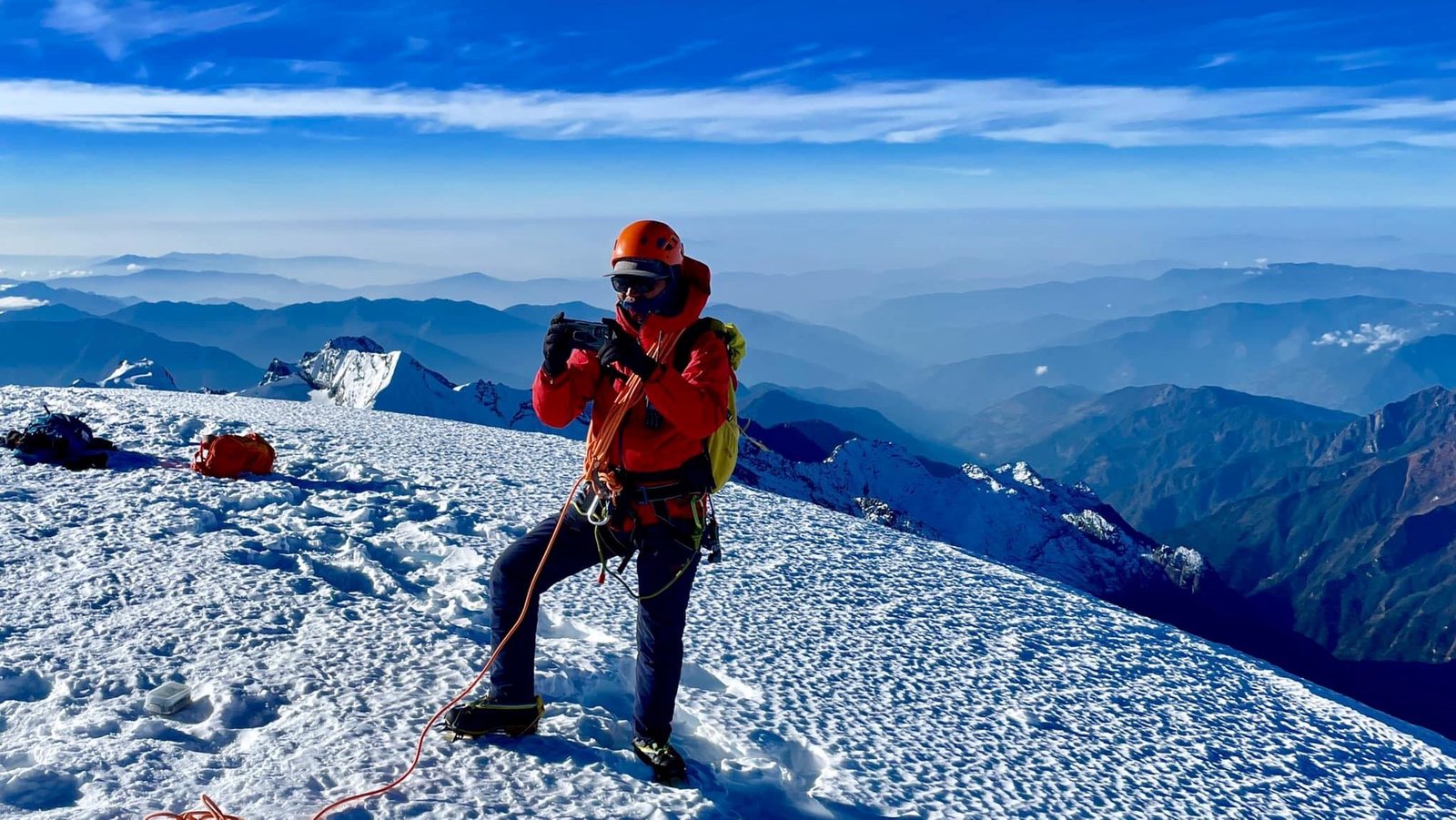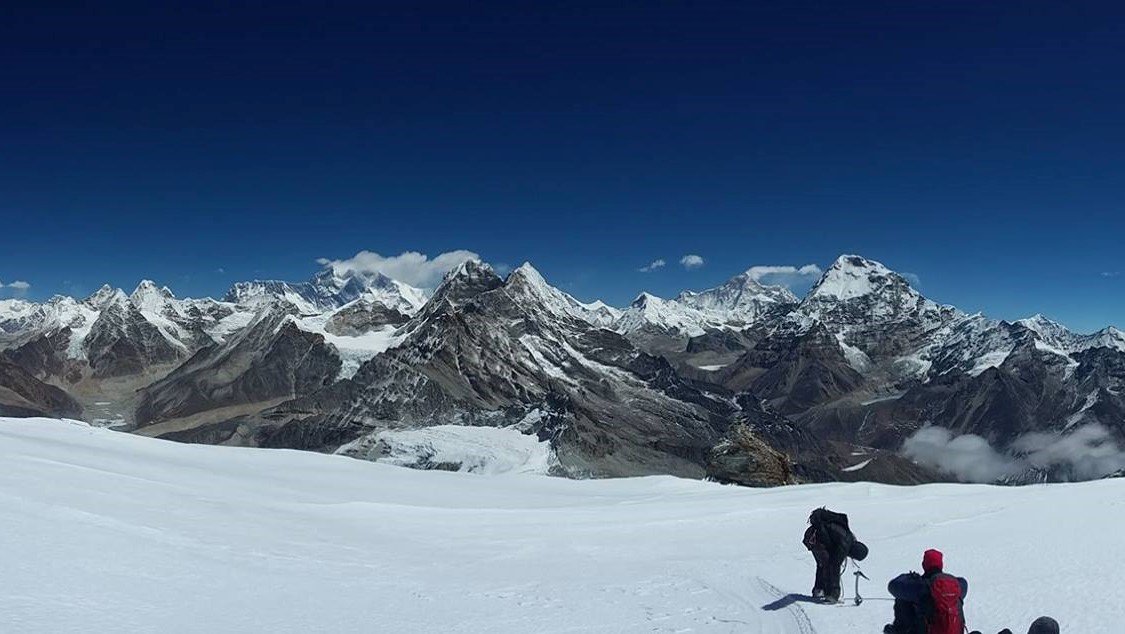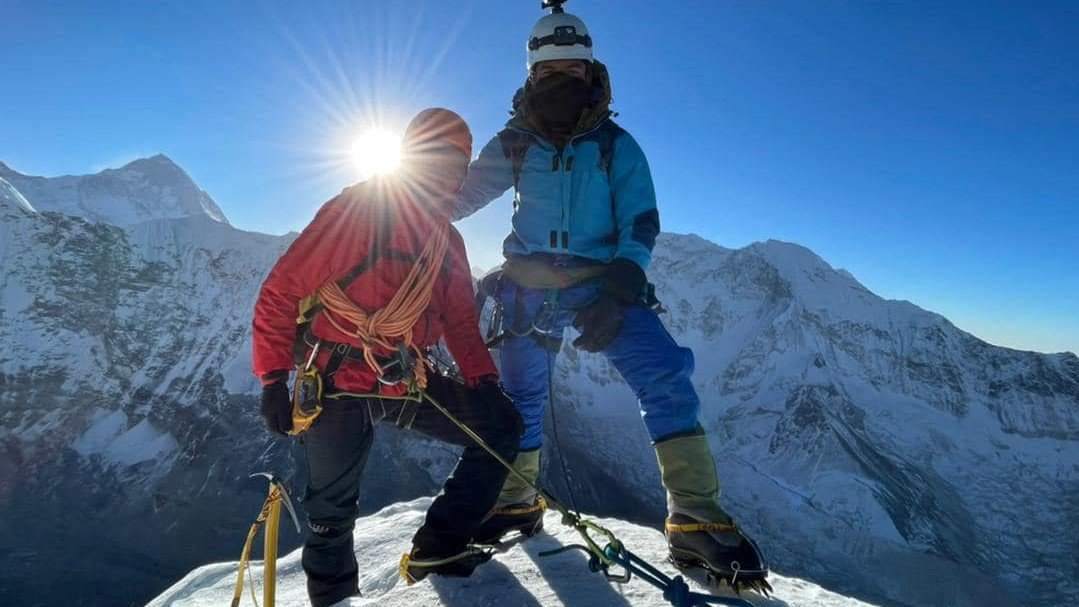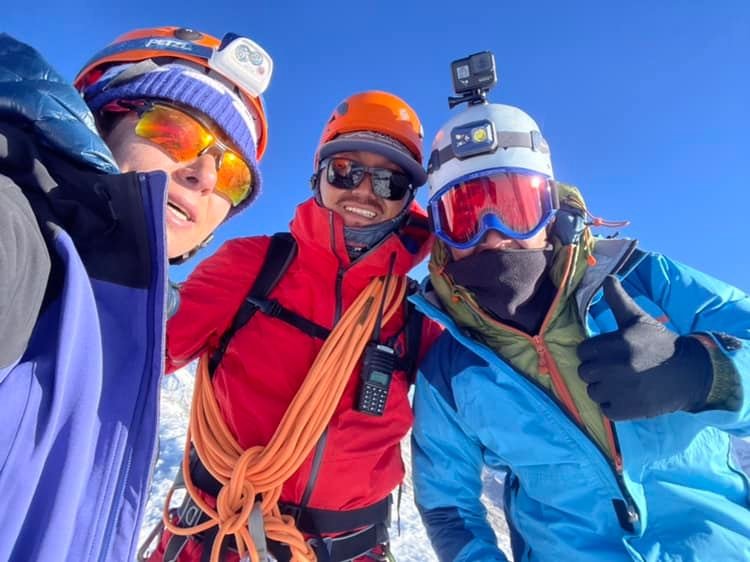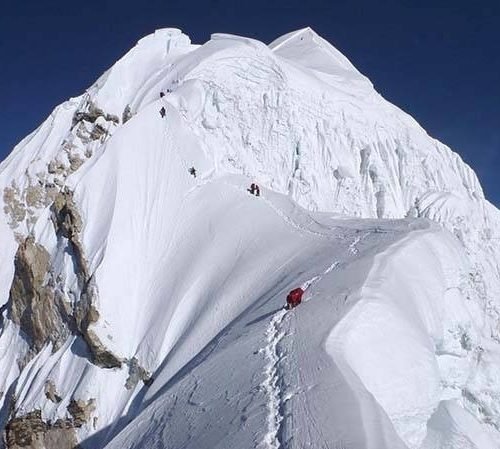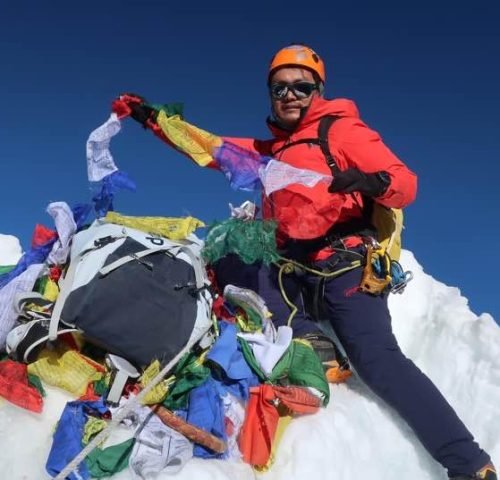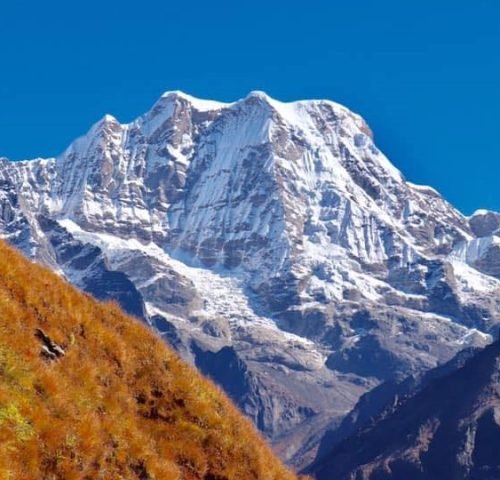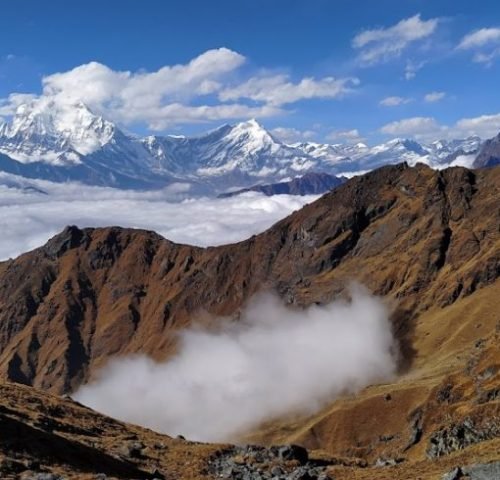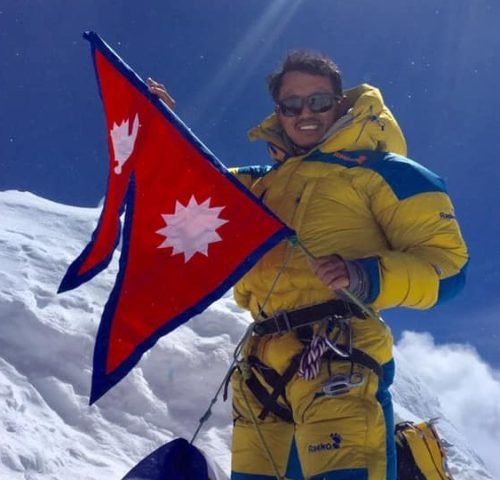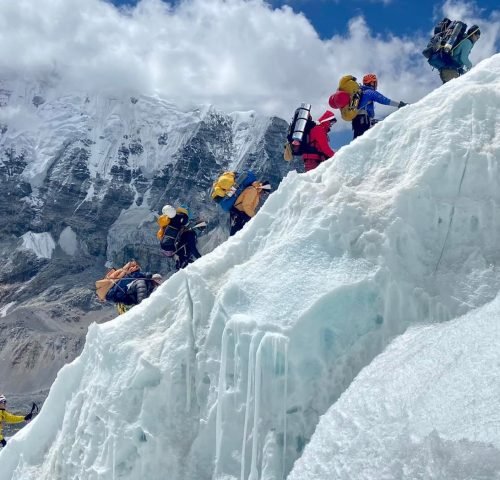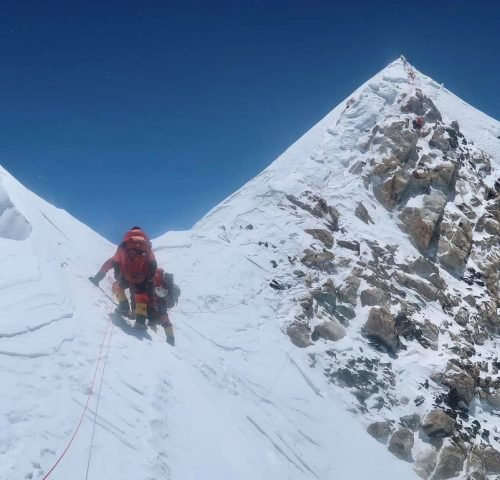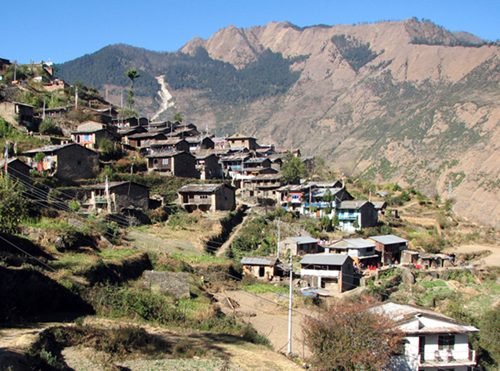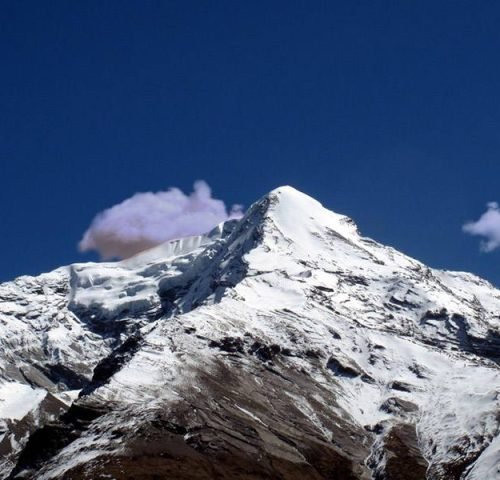Overview
Mera Peak 6476 meter is classified the highest of Nepal ’s permitted trekking peaks of Nepal, situated to the south of Everest in mahalangur section in Makalu Barun National park. Mera peak is the most popular for best panoramic view of world highest mountain and other big mountain Like Makalu, kanchanjunga, Choyu including many six thousands and seven thousands mountain range. It contains three summits Mera south, Mera cental & Mera north. Mera region was explored by British expedition in the early of 1950s before and after successfully climbed Mount Everest those teams Mera included Sir. Admund Hillary & Tenzing Norgey Sherpa. Mera is also popular for Acclimatization for those who wants to climbed 7000 meter & 8000 meters peak. They are many remarkable climbing history about Mera Since first ascent to till this time, the most renewed climber Hari Buda Magar (who don’t have both legs) Climbed Mera in Sepetember 2017.
The routes to Mera region is multiple option, travellers can reach Mera by flying to Luka and Start their trip via crossing Chatra-la Pass or follow the route of Pangom Village. Nowadays traveller/ trekkers can reach Mera by Jeep to Bung and one week treks. Mera region is very rich in naturally beauties, beautiful bamboo jungle, pine trees, junipers, mind blowing river sound, lakes are main attraction of Mera region. The standard route to climb Mera is from north side, which is high altitude glacier walking. The west and south face of Mera offer more technically difficult routes. Mera peak provide breath-taking 360 degree panoramic view of five world highest mountains over 8000 meter. : Mt Everest 8848.86m, kanchanjunga 8586m, Choyo 8201m, Makalu 8485m and Lhotse 8516m.
Details Itinerary
Day 01: Arrival in Kathmandu 1350m
Our representative will pick up you at Airport & transfer to 3* hotel. The evening will be highlighted by a traditional Nepali cuisine as a perfect end of your very arrival day in the Himalayan Kingdom of Nepal.
Day 02: F light Kathmandu to Lukla (2800m) Trek to Paiya (2796m) walk 4-5 hrs.
Flight to Lukla where the airstrip at Lukla was built by Sir Edmund Hillary and his team, Our Mera Expedition route to the south is a welcome escape from the crowded trail to traditional Everest Base Camp. After having lunch at Surkhe you will pass through many traditional villages to reach to the vicinity of Paiya for our first night camp.
Day 03: Trek to Pangkogm (2846m) walk approx. 06 hrs)
After a short walk from Phuiyan our trail breaks away, leaving the main route to Namche Bazzar and head east into the mountains, following the old trading route linking the Everest region to the Arun valley.
Day 04: Trek to Najing Dingma (2690m) walk approx. 06 hrs)
In the cool of the morning we head up towards the Pangkongma La pass (3140m) behind the village, marked by some very ancient looking Chortens. Once we entered the Hinku valley, immediately there is a feel of unspoilt remoteness.
Day 05: Trek to Cholem (3440m) trek approx. 05,06 hrs)
The forests continue as we ascend, now mainly rhododendron. From the Surkie La (3,085m) we head north along the ridge, and the whole of eastern Nepal opens out in front of us, over the wildly remote Hunku valley.
Day 06: Trek to Khola Kharka (4130m) walk approx. 06 hrs)
From here up the ridge is cragged with lichen rocks and heathers, and we wind our way up over several rises. The ridge narrows as dramatic gullies drop away steeply on either side. Over a final crest (4,330m) we reach the unexpected suspended ledge of the lakes of Panch Pokhari - five lakes, the sacred number.
Day 07: Trek to Kothe (3490m) walk approx. 06 hrs
An excellent trekking day, walk through the dwarf juniper; rhododendron and lovely mixed firs will add the beauty in your trip. Enjoy the great view of Mera and Hinku valley before we descend steeply to the phenomenal cascading junction of two mountain torrents, crashing down through tall pine forests all around our lunch site.
Day 08: Trek to Thaknang (4140m) walk approx. 5- 6 hrs)
The forest gives way to open valley again by mid-morning, revealing the peaks which line either side. A small Buddhist monastery in the rock wall above the path contains some unexpectedly fine Buddha statues within. The valley swings eastward into a new array of peaks and the route up toward the Mera glacier comes into view.
Day 09: Acclimatization Day
This acclimatisation day is very important and useful for boosting your adaptation to the altitude by gaining as much height as we can during the day but returning to Thaknag for the night.
Day 10: Trek to Khare (4940m), walk approx. 4-5 hrs)
This morning’s walk up alongside the Dig glacier is easy and relaxed. This is an excellent valley opening out views to the north of the Hinku Nup glacier and the line of peaks beyond. Behind us is the dramatic spire of the less than romantically named ‘Peak 35’, which has yet to be climbed.
Day 11: Acclimatization day & training.
Today we gain more valuable acclimatisation and pick up some stunning views as well. Following the lateral moraine of the Hinku Nup glacier into an arena of peaks and glacial lakes, we turn to ascend a grassy ridge that rises back to the south. Ascending the steep edge of the glacier is an ideal to practice crampon use and ice axe technique, and to get the feel of ascending on a fixed rope. On top we find a suitable area with a safe run-out to learn self-arrest, the single most important skill of alpine mountaineering, even if little needed on the safe slopes of Mera.
Day 12: Trek to High Camp. Walk approx. 5-6 hrs
We return to the glacier, and this time follow it round in a wide arc, keeping close under the northern flank where there are no crevasses. The last section is almost level and Mera La (5,410m) itself is a rounded snow col that bridges south to the main sweep of the Mera glacier coming down from the peak itself.
Day 13: Summit the Mera Peak and back to Khare. Walk approx. 08 hrs
This is the most important and toughest day in any mountaineering trip as you will be awakened before the dawn with the high esteem to summit the peak. After the steaming hot tea and a quick break, we continue all roped up through the main glacier then crossing back to the south side we approach the snow humpback ridge. The first shafts of the sun hit the big peaks behind us and are soon on our own slopes, an amazing horizontal red glow. The route is still non-technical; 30º slopes, one foot in front of the other, count the steps and take a breather.
Day 14: Trek to Kote, walk approx. 06 hrs
We retrace our trail back to Kote and camp by the river after this life long journey to Mera Peak and enjoy the celebration party.
Day 15: Trek to Chhatrala (Thulikharka), (4190m) walk approx 06 hrs
We follow another new route back to Lukla that stays high on the open hillsides west of the Hinku River, rather than winding through the previous one. This makes for a quicker return with some fantastic views back of Mera herself from a completely different angle.
Day 16: Trek to Lukla walk approx. 07 hrs
The trail goes over a series of rises and high plateau till the windy craggy Chhatra La (4,580m), the gateway to the Dudhkoshi valley and the trail to Lukla, from where we look back on the Hinku wilderness for the last time and the south face of the peak we have just climbed.
Day 17: Fly back to Kathmandu 1350m (35min flight)
This morning, we have a flight from Lukla to Kathmandu; it is a thrilling exciting flight over forests, fields and villages with the Himalayas at the background. On arrival, we transfer to the hotel. The remainder of the day is at leisure.
Day 18: Sightseeing In Kathmandu.
There are lots of interesting thing to see in Kathmandu valley: the Royal Palace, Durbar Squares, Swayambhunath (the monkey temple), Pashupatinath, Buddhist Stupa at Baudhnath, Patan and an ancient city Bhakatpur etc. Or you may explore down town to shop for souvenirs, getting your photos or slides processed and trying out the various restaurants in Thamel.
Day 19. Final Departure to your home country.
Our representative will drop you at international airport. It is time to fly back to home keeping all the exhilarating experiences of Nepal in mind. Thank you so much for choosing us in Nepal.
Cost Details
WHAT'S INCLUDED
• 3 Nights Hotele accommodations in Kathmandu at 3 star Hotel on Bed & Breakfast plan (before & after expedition).
• Airport pick up and drop up by private vehicle
• Domestic Flight Ticket (Kathmandu-Lukla-kathmandu)
• Guide and Porter
• Climbing Permit fee.
• Sagarmatha National Park Entry Permit, Local Grassland Permit Fees
• Full board in lodges during trekking and 2 nights in camping.
• Fresh Food (we serve hygienic foods) and fuel at Base Camp.
• Base Camp single sleeping tent & Mattress for each member.
• High Tents above Base Camp.
• There will be one personal professional climbing guide while climbing. one Sherpa climber for one person
• Service of cook and kitchen boy at Base Camp.
• Insurance, Equipment allowance, daily wages of cook, kitchen boys.
• 1 Expedition duffel bag for each member.
• Agency service charge and Tax.
WHAT'S NOT INCLUDED
• International airfare from/to your country.
• Nepal entry visa fee (can be obtained at the airport at upon arrival).
• Lunch and dinner during your stay in Kathmandu.
• Hotel accommodation after 3 nights stay in Kathmandu.
• Personal climbing gear and equipment above Base Camp.
• Personal insurance such as travel, accident, medical, emergency evacuation & lost luggage.
• Permit fees & customs charges, etc. for SAT phone, communication equipment & commercial filming.
• Expenses of personal nature such as drinks, laundry, postage, telephone etc.
• Tips
Map
FAQs
01: How high is Mera peak?
Mera Peak is located in the Khumbu region of Nepal, and it stands at an impressive height of 6,476 meters (21,247 feet) above sea level. It is one of the highest trekking peaks in Nepal and offers breathtaking views of the surrounding Himalayan peaks.
02: What kind of accommodation we get in Mera peak region?
In the Mera Peak region, you can find a variety of accommodation options to suit different preferences and budgets. Here are some types of accommodation you can expect:
- Tea Houses/Lodges: Along the popular trekking routes, you'll find tea houses or lodges that provide basic accommodation facilities. These typically offer private or shared rooms, common dining areas, and shared bathroom facilities.
- Camping: If you prefer a more immersive experience in nature, camping is also an option. You can bring your own camping gear or hire it from local trekking agencies. Keep in mind that camping might require more planning and logistics.
03: What kinds of gears need to climb Mera peak?
To climb Mera Peak, you will need a variety of gears to ensure safety and success. Here are some essential gears you should consider:
- Mountaineering boots: Sturdy and insulated boots designed for cold weather and suitable for crampons.
- Crampons: Attachable spikes that provide traction on icy terrain. Make sure they are compatible with your boots.
- Ice axe: Used for self-arrest and to provide stability while crossing glaciers and steep slopes.
- Harness: A climbing harness that will keep you secure and provide attachment points for ropes.
- Helmet: Protects your head from falling rocks or ice.
- Ropes: Essential for glacier travel and for use during steep sections or crevasse crossings.
- Carabiners and quickdraws: Used for attaching yourself to ropes or anchors.
- Ascenders and descenders: Mechanical devices to aid in ascending or descending ropes.
- Sleeping bag: A warm and lightweight sleeping bag suitable for cold temperatures.
- Tent: A sturdy and lightweight tent that can withstand harsh weather conditions.
- Clothing: Layered clothing suitable for extreme cold, including base layers, insulating layers, and waterproof outer layers.
- Backpack: A large backpack to carry all your gear and supplies.
- Headlamp: Essential for early morning starts or climbing in the dark.
- Navigation tools: A map, compass, and GPS device to navigate through the terrain.
- Food and water: High-energy and lightweight food options, as well as a reliable water filtration system.
- First aid kit: Essential medical supplies for emergencies.
It's important to note that this is not an exhaustive list, and should you consult with experienced climbers or mountaineering guides for a comprehensive gear list specific to your climbing expedition on Mera Peak. Additionally, proper training and experience are crucial for safe mountaineering.
04: How difficult is to climb Mera peak?
Climbing Mera Peak can be a challenging endeavour, but it is considered one of the more accessible and achievable peaks in the Himalayas. Here are some key factors to consider regarding the difficulty of climbing Mera Peak:
- Altitude: Mera Peak stands at an elevation of 6,476 meters (21,247 feet), which means climbers will be exposed to high altitude and its associated challenges. Acclimatization is crucial to prevent altitude sickness and ensure a safe ascent.
- Technical Skills: While Mera Peak is generally considered a non-technical climb, there are sections that require basic mountaineering skills. These may include crossing glaciers, navigating steep slopes, and using ropes and crampons. Prior experience or training in basic mountaineering techniques is advisable.
- Physical Fitness: Good physical fitness is essential for climbing Mera Peak. The ascent involves long days of walking, sometimes on challenging terrain, and requires endurance, strength, and stamina. Preparing with regular cardiovascular and strength training exercises is recommended.
- Weather Conditions: The weather in the Himalayas can be unpredictable and harsh, with extreme cold temperatures, strong winds, and snowfall. Climbers must be prepared for these conditions and have suitable gear to withstand them.
- Length of Expedition: The duration of a Mera Peak expedition can vary, but it typically takes around 18 to 20 days. The length of the expedition adds to the physical and mental demands of the climb.
- Guided Expeditions: Many climbers choose to join guided expeditions led by experienced mountaineering guides. These guides provide valuable support, expertise, and knowledge of the route, making the climb safer and more manageable.
Overall, while Mera Peak is not considered as technically demanding as some other peaks in the region, it still requires proper preparation, physical fitness, and acclimatization. It is essential to take the climb seriously, be aware of the risks associated with high-altitude mountaineering, and ensure you have the necessary skills and support to undertake the expedition safely.
